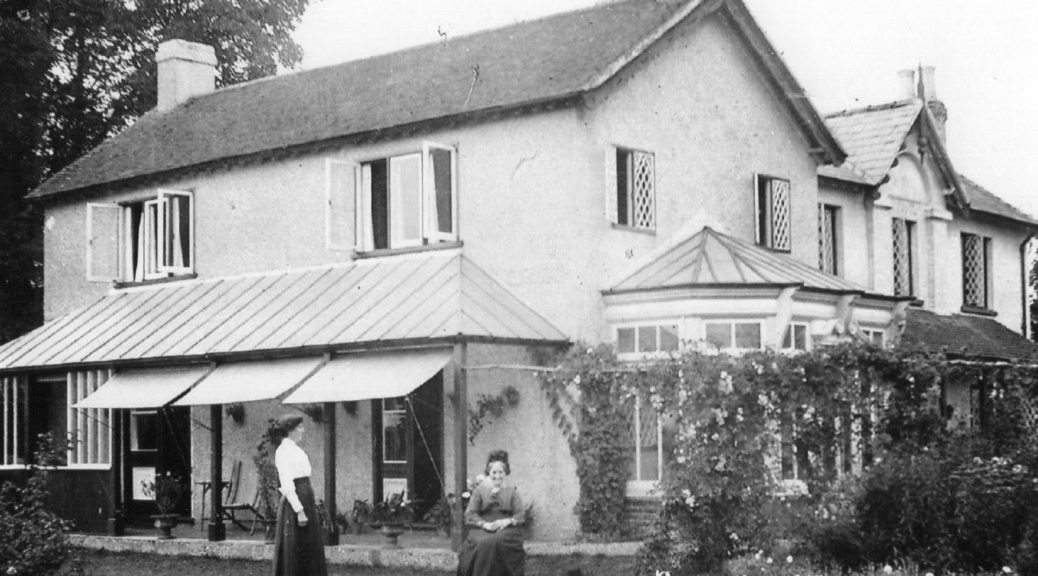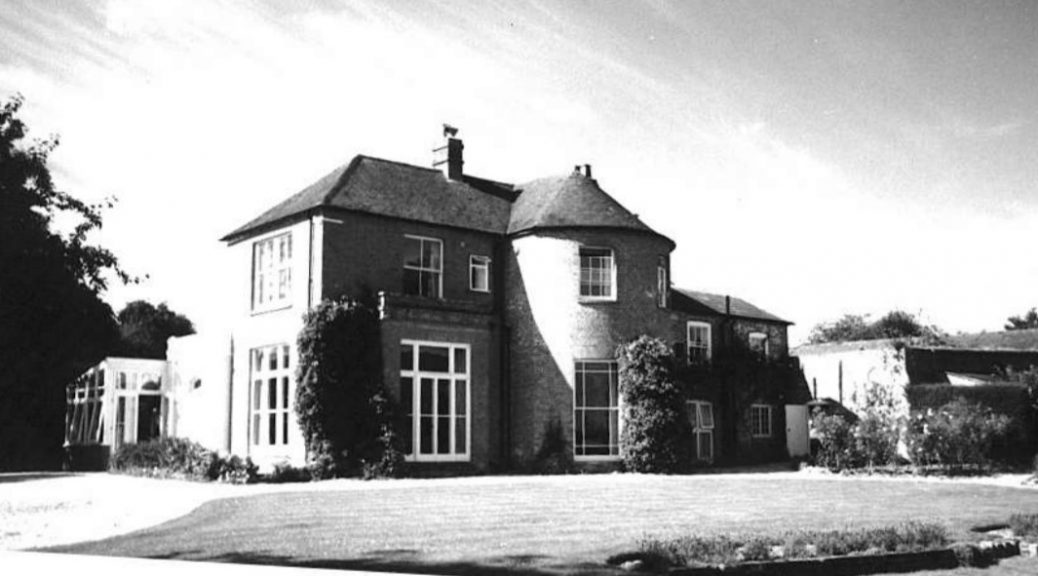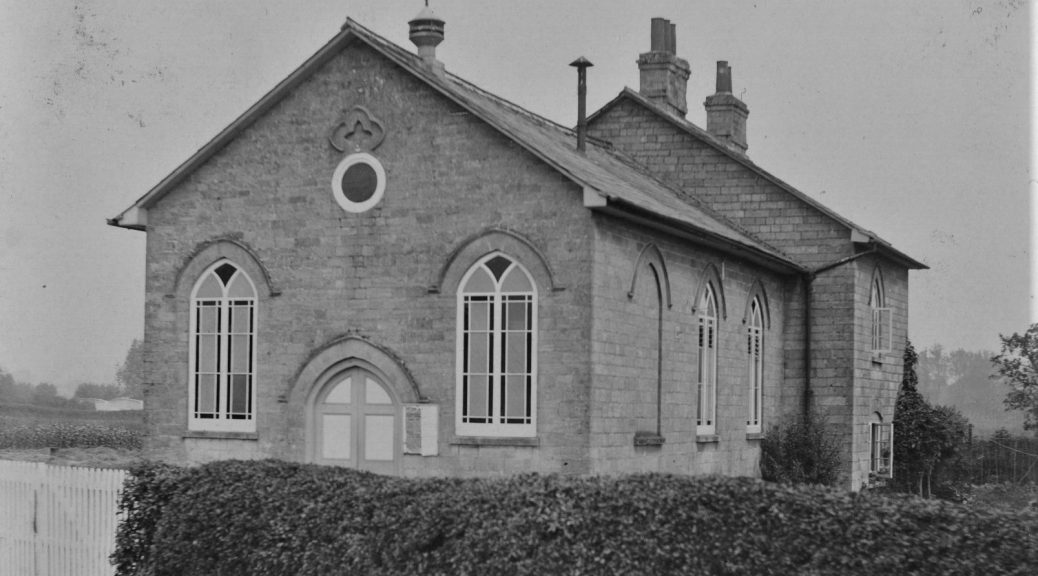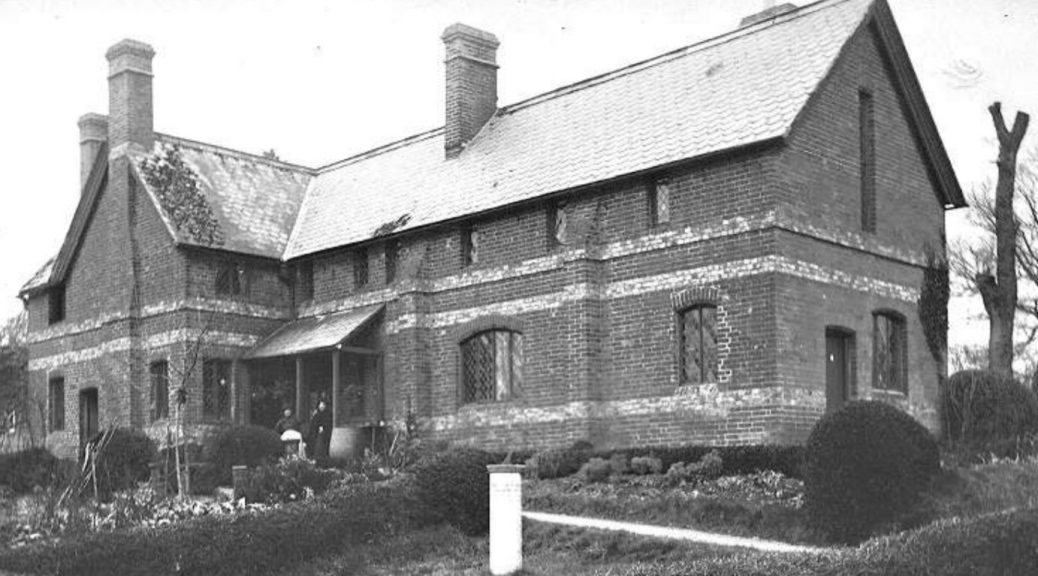Brimpton History: The Old Post Office
Seemingly one of the most well-documented buildings in the village (see below for several examples), the building known now as ‘The Old Post Office’ was – as the name suggests – one of many buildings in the village that once served as the Post Office. In this case, from around the 1930s – though it also served as a village shop (called ‘The Old Post Office Stores’) in the 1960s and beyond. Before serving as the Post Office / Village…






